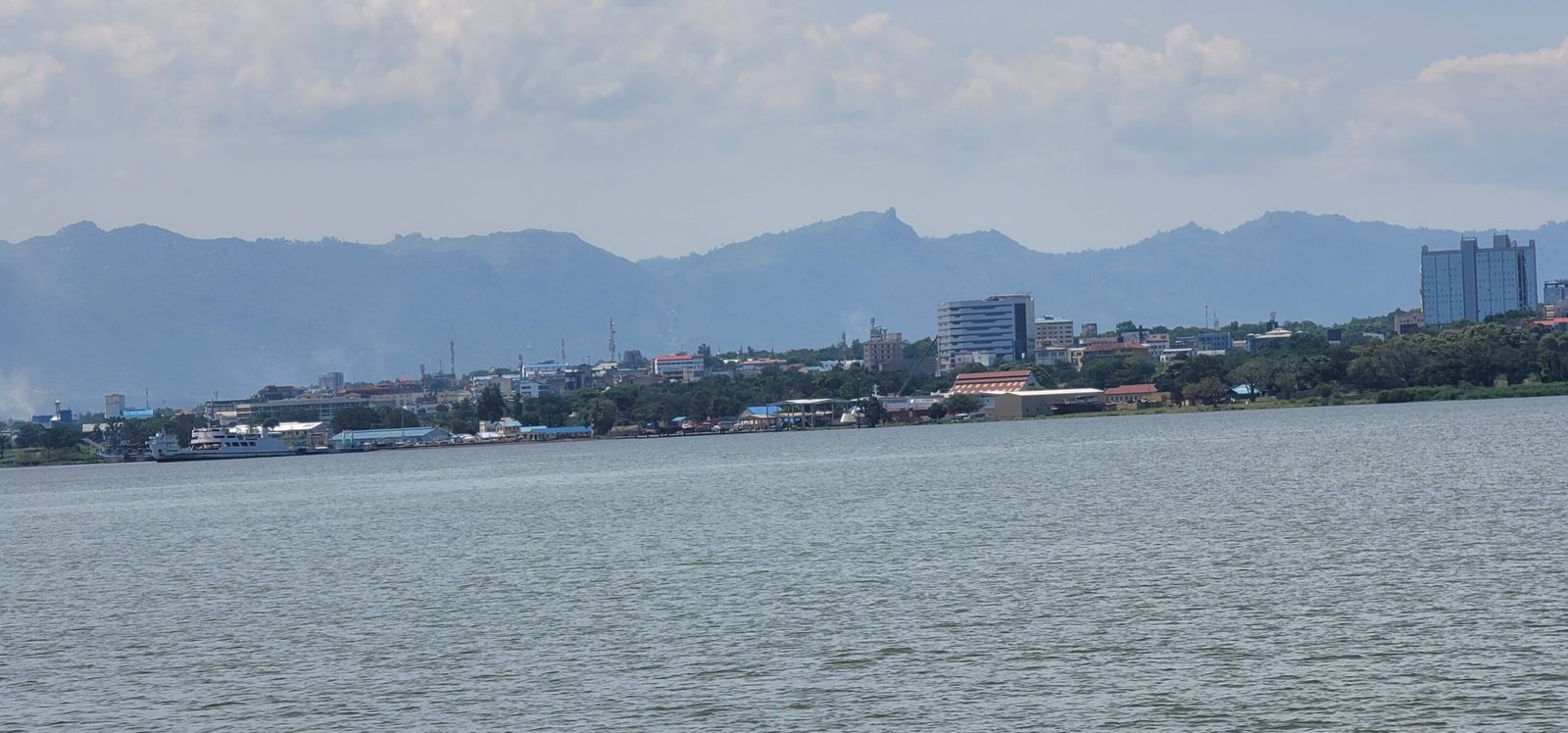
A View of Kisumu City from Lake Victoria (Picture by Kefa Otiso)
The African Great Lakes are a series of freshwater lakes located within the East African Rift. These lakes are known for their significant ecological, economic, and cultural importance. They have a cumulative water volume of 31,000 cubic kilometres (7,400 cu mi). Here are some key facts about the African Great Lakes:
Number of Lakes: There are several lakes considered part of the African Great Lakes, but the main ones are Lake Victoria, Lake Tanganyika, Lake Malawi, Lake Turkana, Lake Albert, and Lake Edward.
Lake Victoria: This is the largest in terms of surface area. It is shared by Uganda, Tanzania, and Kenya. It is the second-largest freshwater lake by surface area in the world.
Lake Tanganyika: This is the second deepest and the longest freshwater lake in the world. It is shared by Tanzania, the Democratic Republic of the Congo (DRC), Burundi, and Zambia.
Lake Malawi (Lake Nyasa): This is the third largest of the African Great Lakes by surface area. It is shared by Malawi, Mozambique, and Tanzania.
Lake Turkana: This is the world’s largest permanent desert lake. It is located in the East African Rift in Kenya.
Lake Albert and Lake Edward: These are located in the Albertine Rift region and are shared by Uganda and the Democratic Republic of the Congo.
Biodiversity
The African Great Lakes are renowned for their rich biodiversity, with numerous species of fish and other aquatic life.
The lakes are home to a large number of cichlid fish species, many of which are endemic to specific lakes.
Economic Importance
The lakes play a crucial role in supporting fisheries, and providing livelihoods for millions of people in the region.
They also contribute to agriculture, transportation, and tourism.
Threats and Challenges
Overfishing and unsustainable fishing practices pose a threat to the biodiversity of the lakes. Pollution, deforestation, and climate change also impact the health of the lakes and surrounding ecosystems.
Rift Valley
The African Great Lakes are part of the East African Rift System, a tectonic plate boundary that is slowly splitting the eastern part of the African continent away from the rest of Africa.
Cultural Significance
The lakes are central to the cultures and livelihoods of the communities living around them, with fishing being a major economic and cultural activity.
Water Politics
The shared nature of some of these lakes has led to complex issues related to water use, resource management, and potential conflicts among the riparian countries or the countries that share them. Understanding and addressing the environmental and social challenges facing the African Great Lakes is crucial for the sustainable development of the region.

